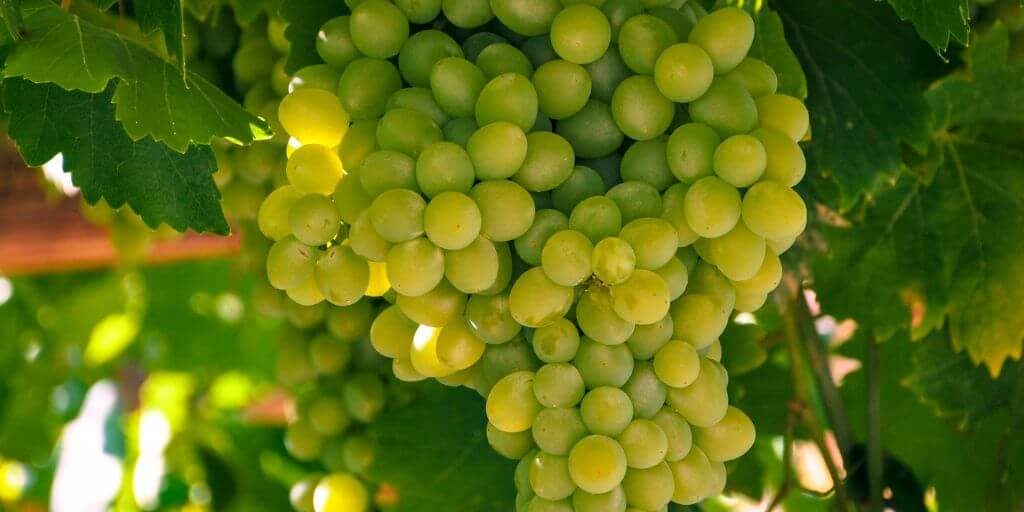
If you are looking for tips on making the best Chardonnay wine, keep reading. This article will cover malolactic fermentation, site, climate and soil. After reading it, you will have a better idea of how to make your own Chardonnay wine. We will cover these topics and more in the next few paragraphs. In the meantime, if you’re still confused, you can read about some of the best practices from Burgundy.
Malolactic Fermentation
A common misconception about Chardonnay is that it must undergo malolactic
fermentation in order to be good. While it can make some wines taste buttery, it can
also cause them to lack structure and flavor. While malolactic fermentation is not a
bad thing per se, overusing it can produce wines with little to no flavor or structure.
Regardless, most people love this wine and happily drink it soon after purchase.
However, some people may not enjoy the style and may not even try it out once
they’ve bought it.
This process helps soften the acidity and raise the pH level of a wine. The primary
bacterial strain responsible for malolactic fermentation is Oenococcus oeni. The LABs
are naturally present in winemaking equipment, or they can be added as an
inoculant by the winemaker. During the process of malolactic fermentation, the
winemaker must keep a close eye on the fermentation to prevent unwanted yeast
from growing in the wine.
Site
In the top echelon of Chardonnay, site plays a crucial role. While premier and grand
cru Burgundy remain the pinnacle of quality, premium Chardonnay from Oregon and
California’s North Coast is just as fine. Balance, site expression, and longevity are all
important deliverables for this elite group of wines. Here are some tips for a better
tasting Chardonnay.
A Chardonnay grape grows well in many climates and soil types. As a result, it has
spread to many countries. Chardonnay was first grown in France, in
Chablis/Burgundy in mid-east France, as well as in Meursault and Montrachet in the
Dijon region. Its distinctive fruit and aroma profile make it a popular choice for all
types of wine-drinking occasions
Climate
While Chardonnay is planted worldwide, not every region makes the same type.
Because of this, climate and individual winemakers have a great deal of influence on
the final juice produced. The following are some climates in which Chardonnay is
best suited. Learn more about climate and winemaking in France to enjoy the finest
Chardonnay. This wine has become the world’s most popular white wine variety.
The climate in which Chardonnay is grown has a tremendous impact on the aromas
and flavor of the grape. It can come from warm or cool climates. A warmer climate
may result in flavors of pineapple or mango, while a cooler climate may produce
wines with bright acids and citrus flavors. In addition to climate, many viticultural
practices influence the taste of Chardonnay. Learn about the techniques that are
best suited for your region and learn about different types of Chardonnay grapes.
Soil
The soil in which chardonnay is grown is very important. The Oxford Companion to
Wine (2015) defines soil as a mineral substance found on the earth’s surface. Soil is
created by weathering bedrock and transported sediments and contains
decomposed organic matter called humus. It provides plants with the essential
nutrients and water they need to grow. In addition, soil helps plants produce glucose
through photosynthesis.
Chardonnay is planted in New and Old world regions. In Burgundy, the soil is largely
influenced by climate and terroir. This aspect of terroir distinguishes good wines
from mediocre ones. The complexities of soil are explored in the book The Dirty
Guide to Wine by Alice Feiring, with Pascaline Lepeltier.
Vineyards
Most wine connoisseurs would agree that Chardonnay is the most noble of white
grapes, though Riesling enthusiasts may disagree. Despite its popularity, the best
Chardonnay wine comes from select premier and grand cru vineyards in Burgundy’s
Cote d’Or region. While the best examples of this grape are produced in Burgundy,
mature vineyards are quickly catching up.
The early pioneers of Chardonnay cultivated cool-climate vineyards, which produce
wines with more minerality and complexity. The vineyards’ clones, called Dijon, are
more mineral-focused, making them elegant and sophisticated. Winemakers at Far
Niente handpick the grapes at night and press them whole-cluster. Winemaker
Nicole Marchesi has avoided malolactic fermentation at Far Niente since 1979,
preserving natural acidity.


